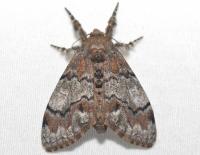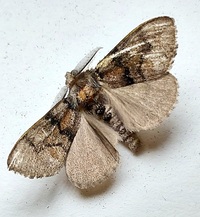
| Recorded by: Mark Basinger on 2025-10-06
Rowan Co.
Comment: | 
| Recorded by: Mark Basinger on 2025-09-28
Brunswick Co.
Comment: |
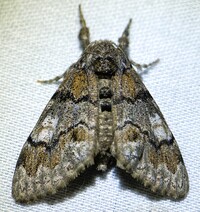
| Recorded by: Dean Furbish and Joy Wiggins on 2025-09-19
Wake Co.
Comment: | 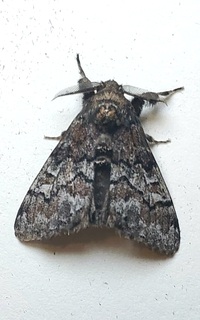
| Recorded by: Mark Basinger on 2025-09-15
Wilson Co.
Comment: |
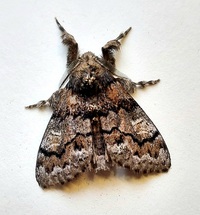
| Recorded by: Mark Basinger on 2025-09-09
Wilson Co.
Comment: | 
| Recorded by: Jim Petranka, Mark Basinger and Becky Elkin on 2025-08-30
Richmond Co.
Comment: |

| Recorded by: Mark Basinger on 2025-07-27
Wilson Co.
Comment: | 
| Recorded by: Mark Basinger on 2025-07-20
Brunswick Co.
Comment: |

| Recorded by: Allison Garton on 2025-07-17
Moore Co.
Comment: | 
| Recorded by: Mark Basinger on 2025-07-01
Wilson Co.
Comment: |
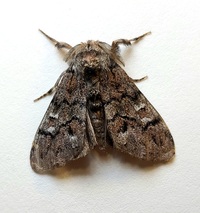
| Recorded by: Mark Basinger on 2025-05-29
Wilson Co.
Comment: | 
| Recorded by: Mark Basinger on 2025-05-29
Wilson Co.
Comment: |
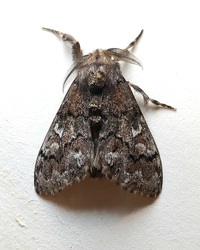
| Recorded by: Mark Basinger on 2025-05-22
Wilson Co.
Comment: | 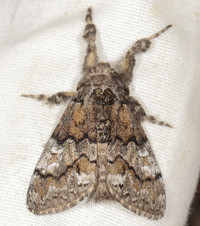
| Recorded by: John Petranka, Jim Petranka and Becky Elkin on 2025-05-09
Cumberland Co.
Comment: |
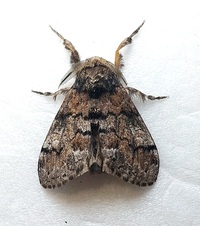
| Recorded by: Mark Basinger on 2025-05-07
Wilson Co.
Comment: | 
| Recorded by: Mark Basinger on 2025-05-01
Wilson Co.
Comment: |

| Recorded by: Mark Basinger on 2025-05-01
Wilson Co.
Comment: | 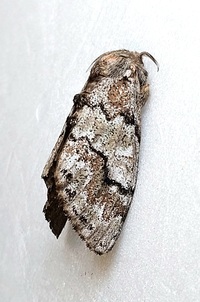
| Recorded by: Mark Basinger on 2025-05-01
Wilson Co.
Comment: |

| Recorded by: Mark Basinger on 2025-04-18
Brunswick Co.
Comment: | 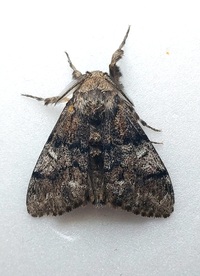
| Recorded by: Mark Basinger on 2025-04-15
Wilson Co.
Comment: |

| Recorded by: Mark Basinger on 2024-09-25
Wilson Co.
Comment: | 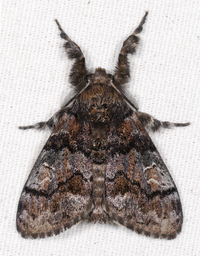
| Recorded by: John Petranka on 2024-09-14
Orange Co.
Comment: |
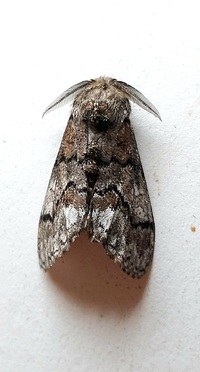
| Recorded by: Mark Basinger on 2024-09-12
Wilson Co.
Comment: | 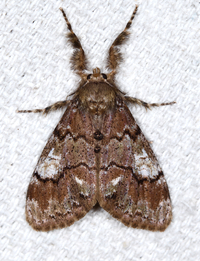
| Recorded by: Jim Petranka on 2024-09-08
Madison Co.
Comment: |
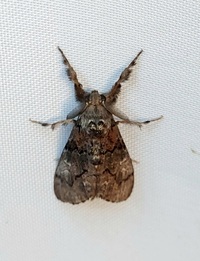
| Recorded by: Mark Basinger on 2024-09-06
Wilson Co.
Comment: | 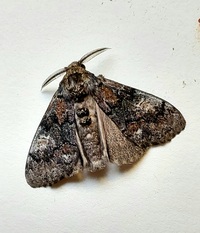
| Recorded by: Mark Basinger on 2024-09-06
Wilson Co.
Comment: |
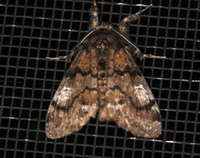
| Recorded by: Jim Petranka on 2024-09-02
Madison Co.
Comment: | 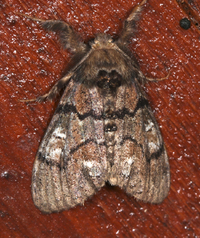
| Recorded by: Jim Petranka on 2024-08-30
Madison Co.
Comment: |
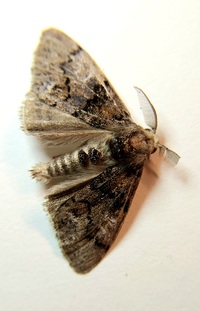
| Recorded by: Mark Basinger on 2024-07-16
Wilson Co.
Comment: | 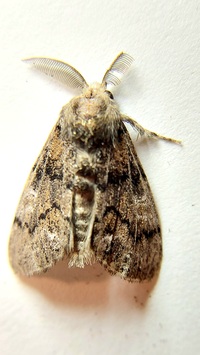
| Recorded by: Mark Basinger on 2024-07-16
Wilson Co.
Comment: |
|

 »
»
